-
Measurements
-
The CHTTC is able to measure the performance of hydrokinetic turbines, perform flow characterization measurements using both ADV and ADCP measurement devices and measure the bathymetry of potential hydrokinetic turbine sites. Using these devices, a fully characterized flow field can be created and visualized. The CHTTC has developed several measurement procedures to allow for the characterization of any marine environment with confidence in the resulting data. Using the ADV and ADCP, velocity profiles can be extracted and shown, which are of importance to turbine developers. Different turbine designs extract power from different points in the water column, and as such, are positioned in different points of the profile. Being able to predict the flow at any height in the water column is important for the installation of various turbine designs. Additionally, bathymetric data allows for deployment planning and identification of dangerous areas where a turbine can run aground. This data is also useful for routing underwater equipment and power lines through the deployment area.

-
Services
-
Analysis
-
The CHTTC is able to analyze flow measurements using custom MatLab codes for ADV and ADCP measurements. These codes are open source and can be downloaded as executables without the need for Matlab. These codes can be used to analyze data from the Nortek Vector ADV, Nortek Vectrino+ ADV and the Sontek M9 River Surveyor ADCP. Additional codes are in progress for the Teledyne ChannelMaster HADCP and the Valeport Current Meter. Furthermore, CHTTC personnel are able to output 3D models of the bathymetry and perform the analysis of hydrokinetic turbine performance measurements. As well as 3D models, researchers at the CHTTC are able to output 2D bathymetric contours in UTM or Degree coordinates. These models and contour maps can be helpful as well, to view the flow field from an underwater (3D model) or aerial (2D contour map) perspective to understand flow features unique to the area. In future, a code similar to those for the ADV and ADCP will be made available so that any user can analyze bathymetric data.

-
-
Develop Solutions
-
The CHTTC has the experience, ability and tools required to develop solutions to river and hydraulic related problems and issues. Since the field of hydrokinetics is still in the research phases and growing, it is important for a testing facility to assist developers as much as possible. Due to our experience with marine environments, we are equipped and capable of designing solutions to hydrokinetic related issues. This includes but is not limited to: turbine design, mooring systems and equipment, custom flow measurement support equipment, deployment and retrieval planning, assessment of safety risks and collection and analysis of any type of data required for hydrokinetic turbines. In this way, turbine developers, many of whom cannot afford to hire extra design engineers or technicians, can rely on the experienced and trustworthy experience of CHTTC personnel. The CHTTC welcomes new challenges, which will assist turbine developers, as well as improve the experience of our personnel.
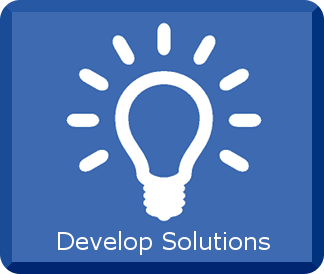
-
-
Mooring
-
The CHTTC has the capability to design and implement mooring systems and the capability to develop dynamic models to simulate and analyze complicated mooring systems. Due to the fact that the field of hydrokinetics is still in its infancy, many turbine developers are focused on developing the technology and cannot focus on deployment strategies until they come to a testing facility. For this reason, the CHTTC has and continues to develop experience in deployment planning for multiple types of hydrokinetic turbines. Mooring needs differ between different turbines designs, which presents a welcomed challenge to CHTTC personnel. The researchers at the CHTTC have deployed both surface mounted, as well as bottom mounted turbines at the facility. In addition, mooring systems for novel turbine designs are currently being developed. The CHTTC currently boasts three separate mooring locations for turbines, each suitable for most types of turbines that are currently being developed.
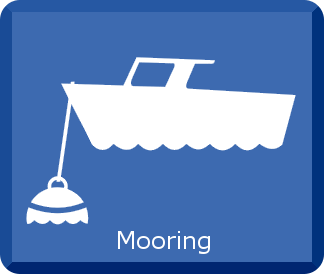
-
-
Underwater Monitoring
-
The monitoring of newly designed equipment is important for the testing and research phases of the device. For hydrokinetic turbines, monitoring in-service devices is challenging due to the marine environment. To help meet the monitoring need, researchers at the CHTTC have purchased and become familiar with various sonar devices, such as the ARIS underwater camera. This device allows for viewing of underwater structures, and with proper training, can be focused to produce clear images. Custom designed equipment has been added to CHTTC watercraft to allow for the use of such equipment in short or long term monitoring purposes. The CHTTC also has smaller sonar devices which can still view underwater structures, yet do not require the same custom equipment to be deployed. The Humminbird depth sounder can be used to visualize the underwater environment by simply driving a boat over the desired area.
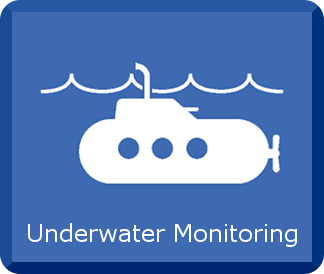
-
-
Computer Modelling and CFD
-
The CHTTC has personnel who are experts in and able to perform computational fluid dynamics for the flow around hydrokinetic turbines and other marine structures using modeling software which includes OpenFOAM, Ansys CFX and Ansys Fluent. The CHTTC has published theses, journal papers and conference papers on this topic. The predictive power of these softwares can assist companies in addressing potential challenges with their design before they have begun. This can help reduce the cost of the design, manufacture, and deployment of a turbine, providing much needed savings in a research area still in infancy. Using bathymetric data collected at a potential turbine site, a model of the surrounding region can be created. Using this model and geometry supplied by a turbine manufacturer, the efficiency, mooring loads, dynamic loads and potential challenges can be assessed. The manufacturer can then address these issues and change their design before they have arrived at the CHTTC, speeding up the development and testing time of their device.

-
-
Environmental Assessment
-
In the field of hydrokinetics, it is important that the technology maintains fidelity to the environment. There have been concerns as to the impact of hydrokinetic structures on marine life, such as fish. In collaboration with other institutes, the CHTTC has monitored and assessed the environmental impact of turbines and other marine devices. This includes providing a facility for environmental researchers to come and tag fish, so that their locations can be tracked and the impact of turbines noted. CHTTC researchers assisted in this experiment and others, such as long term and overnight monitoring of fish in the area nearby a hydrokinetic turbine. In future, there is potential for more partnerships for research on this topic, and for studies such as this to be carried out at the CHTTC, by CHTTC researchers. This will grow the literature in the environmental studies area and provide insight into concerns about interactions between hydrokinetic turbines and the environment.
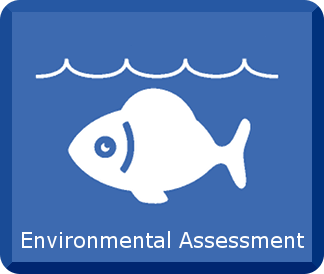
-
-
Cold Climate Testing
-
Due to the cold winter conditions in Seven Sister Falls, Manitoba, Canada, the CHTTC has, in the past, tested hydrokinetic turbines and other floating structures in cold climate conditions. The temperature at Seven Sister Falls can exceed -30°C. At these temperatures, marine structures freeze almost instantly when soaked in water and periodically exposed to air. This poses safety risks to workers in the cold marine environment. CHTTC personnel have become aware of these safety risks in our experience, and are working on developing safe procedures to, in future, be able to test turbines in cold climate conditions. This will meet a current need of the industry, which is to solve issues related to devices freezing in cold climates, such as Canadian winters. However, the CHTTC reserves the right to refuse testing of particular turbine design in these conditions, if the design is deemed unsafe or poses additional safety risks or concerns, at our discretion.
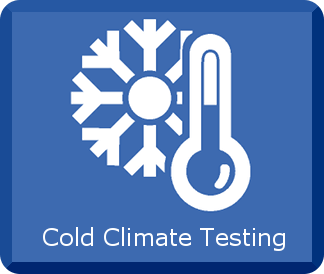
-

